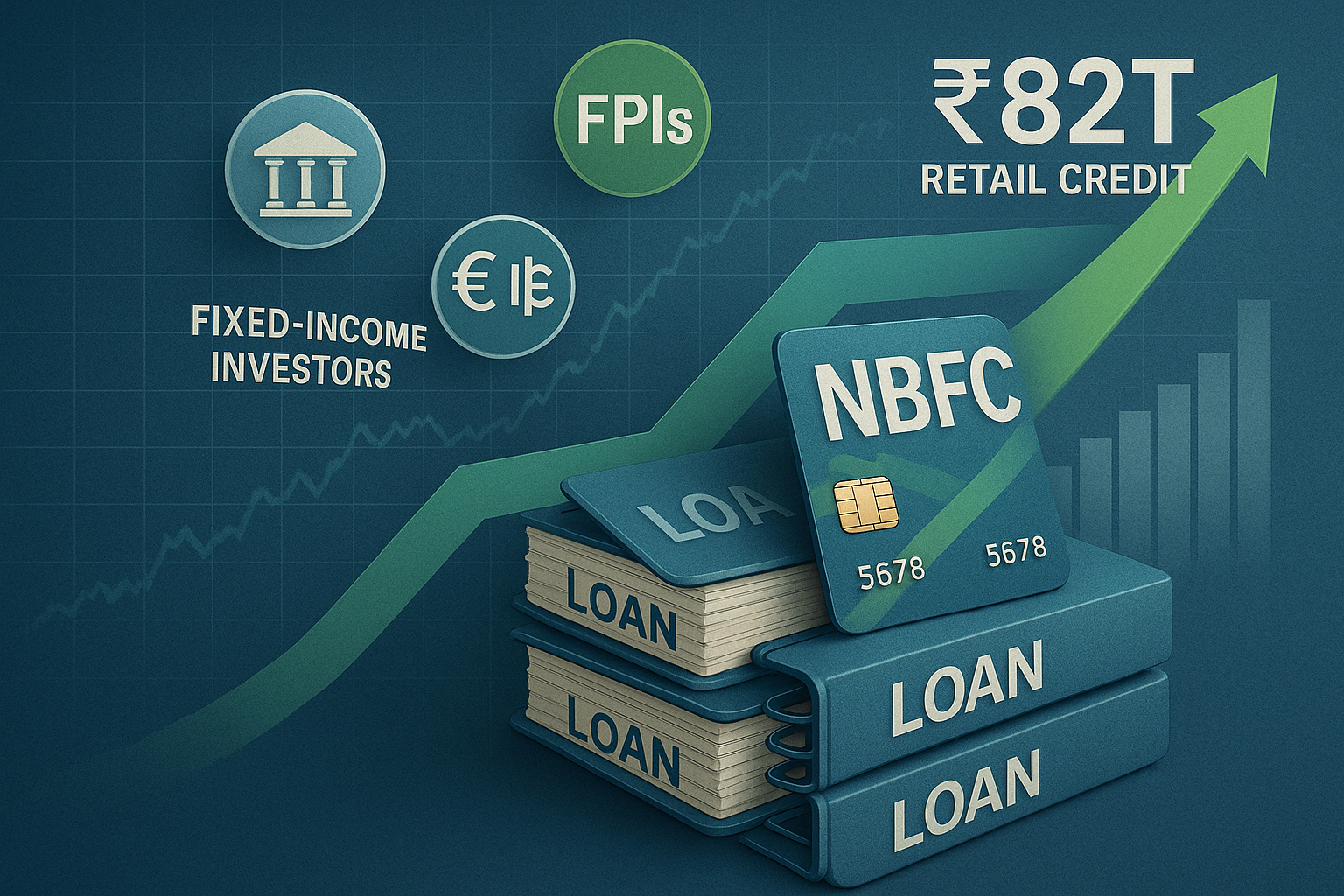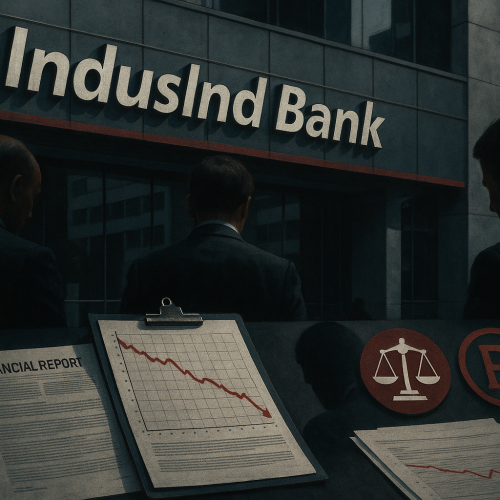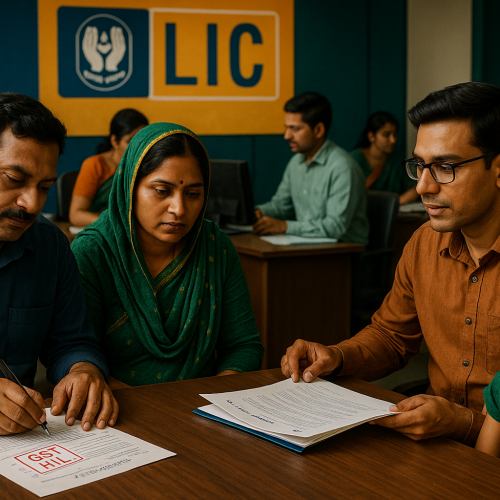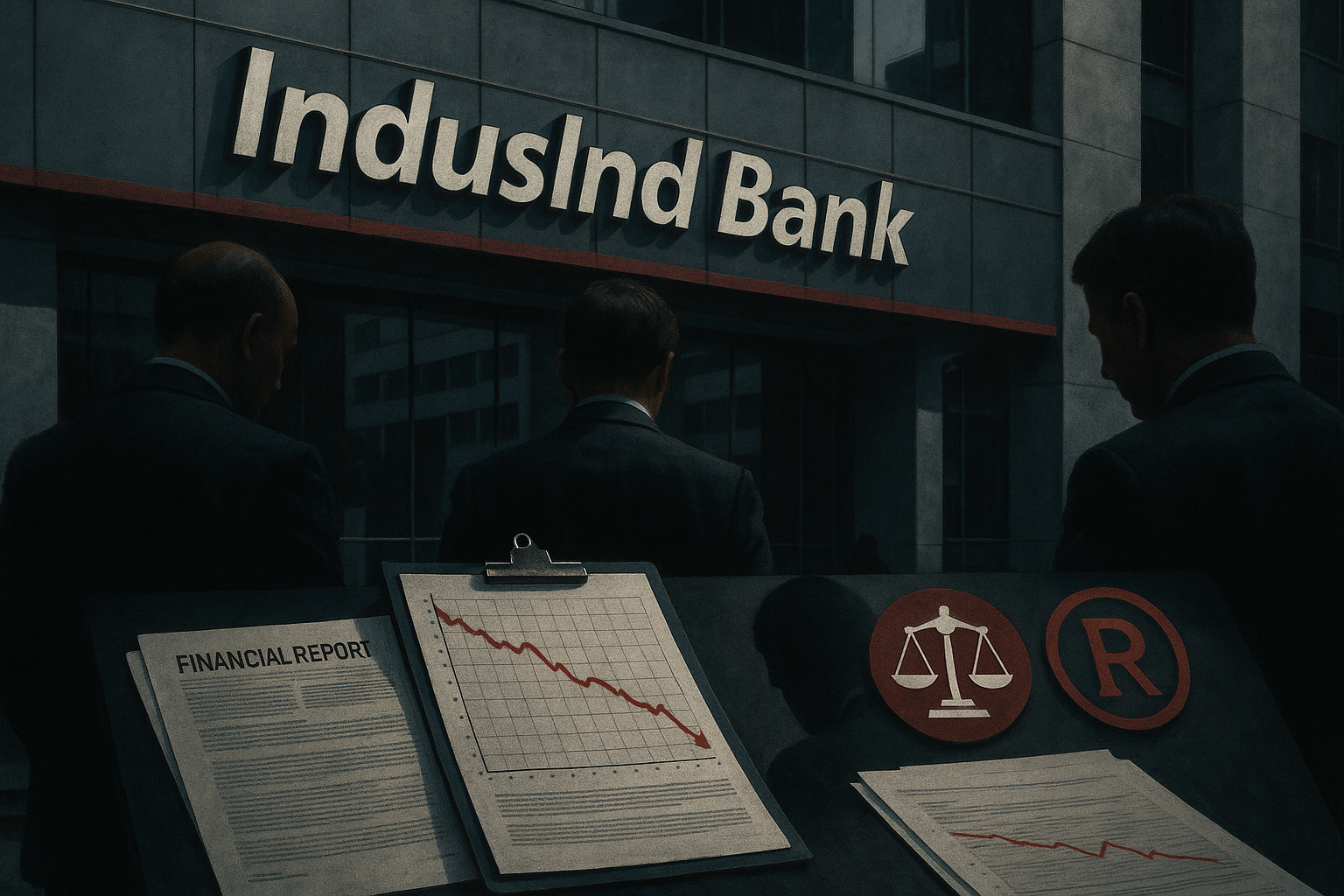India’s retail credit market reached ₹82 trillion in FY 2025, growing at a 15.1% CAGR since FY 2019, and is projected to expand further at 14–16% per annum through FY 2028. Strong demand across housing, auto, credit cards, personal loans, and microloans positions NBFCs to diversify funding sources, deepen investor relationships, and scale sustainably.
Market Overview & Retail Credit Dynamics
-
Retail credit now represents approximately one-third of total systemic credit, which stood at nearly 93% of GDP in 2024, undershooting global peers like the U.S. (69%) and the UK (138%), and signaling strong growth potential ahead.
-
Housing, vehicle finance, personal loans, and card credit drove FY 2025 retail credit growth of 14%, supported by rising formal credit access and expanding consumer demand.
Implications for NBFCs
1. Expanded Investor Base
NBFCs can now pitch to institutional investors, domestic and global PE/VCs, fixed-income players, and HNIs using high-quality retail assets as collateral, enhancing their market credibility.
2. Diversifying Funding Mix
With investor confidence rising, NBFCs may shift away from traditional wholesale funding to:
-
Retail and institutional bond issuances
-
Asset-backed securities
-
Structured notes and digital debt platforms
This improves liquidity resilience and funding flexibility.
3. Segment-Wise Growth Focus
NBFCs dominant in mid-ticket retail segments—such as housing, consumer durable financing, auto loans, credit cards, and gold loans—stand to benefit most from the retail credit expansion.
Screening Credit Risks: Why Caution Is Still Needed
Despite growth optimism, pressures are mounting:
-
Credit growth slowed to just 5% in March 2025, a sharp fall from 12% a year earlier—even as RBI eased rates. Retail credit health slid to a two-year low.
-
Rising delinquencies, especially in credit cards (~₹338B) and personal loans, have prompted banks to tighten lending norms and raise credit thresholds.
-
NBFCs face increasing competition from banks entering retail credit aggressively, requiring stronger borrower targeting and risk-management discipline.
Sector Outlook & Growth Projections
| Metric | Data |
|---|---|
| Retail Credit FY 2025 | ₹82 trillion |
| CAGR (FY 2019–25) | 15.1% |
| Projected CAGR (FY 2025–28) | 14–16% |
| Total Credit/GDP | ~93% of GDP |
| Household Credit Penetration | ~42% vs. ~60%–80% in global peers |
Projected retail asset growth of 13%–15% CAGR for NBFCs through FY 2025 reflects strong growth momentum underpinned by credit demand and structural reforms.
Strategic Takeaways for Stakeholders
NBFC Leadership
-
Expand investor engagement and transparency through asset‑rich investor pitches
-
Prioritize structured product creation leveraged on retail credit pools
Investors
-
Evaluate NBFC credit books and segment mix, focusing on retail-heavy lending
-
Assess ALM and delinquency metrics before investment
Regulators & Policymakers
-
Encourage financial inclusion and risk-based pricing for sustainable credit penetration
-
Monitor rising household debt and unsecured lending risks, especially for lower-rated borrowers.
Conclusion
While Crisil’s retail credit projections offer a strong growth narrative for NBFCs, the landscape requires heightened governance and credit discipline. For NBFC leadership focusing on retail lending, the opportunity to expand investor base and diversify funding comes with the responsibility to manage asset quality, macro risks, and competitive pressures.












